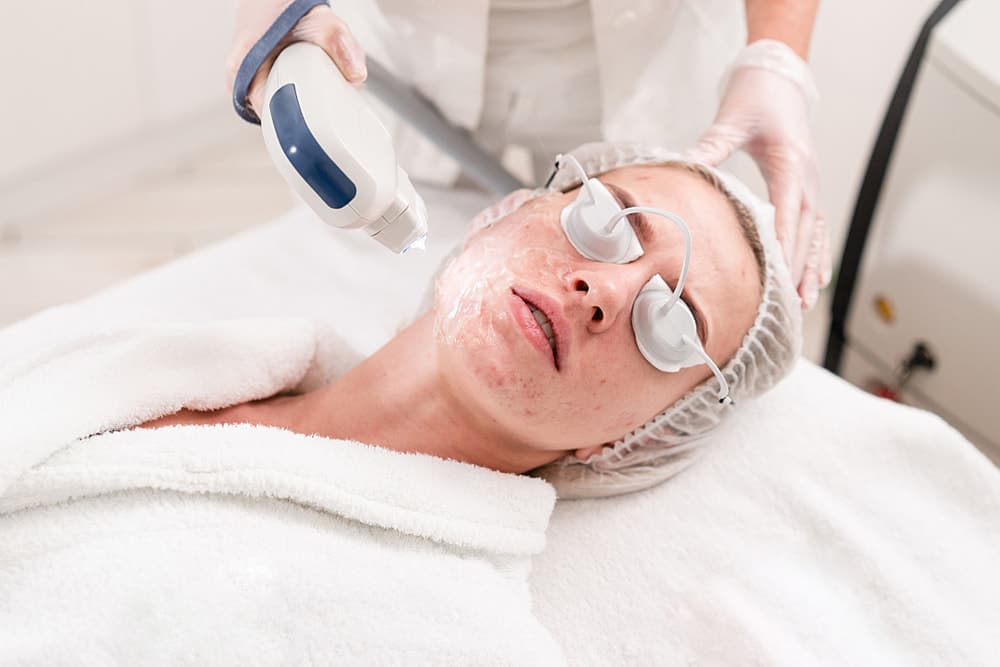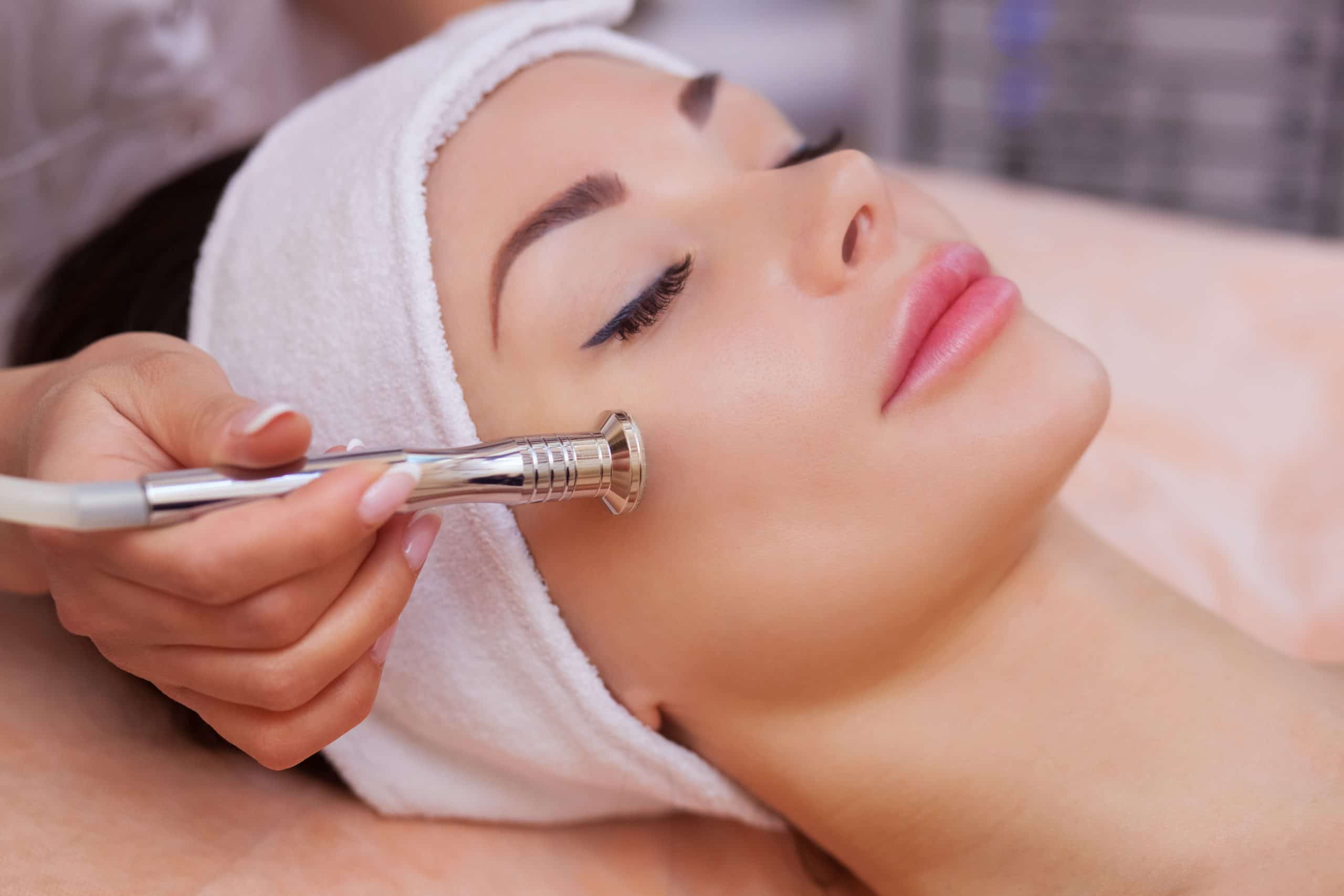
Things You Need to Know About Acne Scar Removal in Singapore
- February 9, 2022


It is estimated that 9.4% of the entire world’s population suffers from acne, working out to be about 742.6 million people at this current point in time. This also means that just as many people may experience some form of acne scarring which can lead to emotional distress, poor self-esteem, and affect a person’s quality of life. Anybody who has experienced the frustration of acne will also be familiar with the persistent scarring from pimple marks left behind.
As weather can affect the formation of acne and subsequently scarring, acne scar treatment in Singapore is a branch of healthcare that is just as important as dental care! Some common questions that acne sufferers have are, “Will laser scar removal costs be within my budget?” or, “Is it possible for acne scars to be removed completely?”.
One fact that must be highlighted beforehand regarding acne scar removal – or pimple mark removal, in layman terms – is that the complete removal of acne scars is medically unachievable. Scarring is a permanent condition whereby the acne wounds are unable to be restored back to its original state of uniform layers and textures; hence, treatments will improve the skin condition, but perfection may not be attainable as the collagen and other tissues produced during the healing process cannot form a uniform layer with the rest of the healthy skin tissue.
Instead, the main aim of acne scar removal treatments will often be to improve the appearance of acne scars as seamlessly as possible.
This article will help you understand the types of acne scar removal options available so that you can make an informed decision!
People commonly think of acne scars as the dark marks left behind after an active pimple formation is gone. However, it goes deeper than that. To understand what acne scars actually are and how it can be treated, we need to understand what causes the acne itself and how it leads to scarring.
Acne lesions – also known as pimples – begin to occur when pores in the skin become clogged by sebum (an oily and waxy substance), dirt, and bacteria. These pores, which are actually the opening of hair follicles, extend down into the layers of the skin. As sebum production on the skin increases due to hormonal changes or environmental changes (such as humid weather and pollution), the pores become plugged with oil and dead skin cells. This creates the perfect environment for bacteria to grow, resulting in inflammation and painful pus-filled bumps on the skin.

As the bacteria multiplies and pus begins to increase in the clogged pore, the skin swells up and causes a break in the follicle wall. If the break or the lesion is big enough, our body responds by attempting to repair itself. The body begins to replace the damaged tissue with a new layer of collagen fibres; however, this process of reparation and new skin formation is usually different from the original skin layer. If the right amount of collagen isn’t produced, an acne scar will be formed which presents as either a depressed scar (denting in the skin), or a raised scar (bumpy tissue formation).
This is very much different from blackheads or whiteheads which are superficial and do not travel deep into the dermis (skin) layer like acne lesions, and do not usually result in scarring. Understanding the mechanism of acne scar formation is important so that we can begin to explore the multiple types of acne scar removal treatments possible for the best outcomes.
As we’ve read above, acne scars are often depressed or raised depending on the amount of collagen that is deposited when the skin attempts to repair itself after undergoing damage from an acne lesion. This is contrary to the common belief that the dark marks, or discolorations, left behind in the skin after injury are ‘acne scars’. Those are actually superficial markings called ‘post-inflammatory hyperpigmentation’ (PIH) and will eventually fade away naturally over time when the top layer of the skin regenerates.
One category of acne scars is the depressed or atrophic acne scars, which happens when not enough collagen tissue is able to be regenerated and deposited during the healing process below the superficial skin layer. Like the name suggests, a ‘depression’ is formed due to the sinking of the top skin layer into the lower parts where not enough tissue is created to fill it out. How deep the scar is depends on how much inflammation was in the acne lesion. The greater the inflammation, the bigger the lesion, and the deeper the scarring. Examples of atrophic scars are icepick (narrow and deep), boxcar (sharp and wide), and rolling scars (uneven and wavy).
The second category of acne scars are the raised or hypertrophic acne scars, which occurs when too much collagen tissue is deposited and causes an overgrowth of scar tissue. The result of the overgrowth is a raised bump on the skin’s surface or keloid scar, and is commonly seen on the nose, body, face, neck, or back. Hypertrophic scars tend to be similar in size as the lesion that caused them, and studies have shown that this type of scarring is more common in Asian populations and those with darker skin tones.
Although scarring cannot be perfectly removed, there are treatments available which can reduce and minimise their appearance. Acne scar removal depends on whether scarring is in the atrophic or hypertrophic category. Atrophic scarring (depressed scars) may be treated with Fractional CO2 Laser, Subcision, or TCA Cross which help to level out the skin. A combination of these treatments may also be recommended for optimal results. Hypertrophic scarring (raised scars) can be treated with emollients or steroid injections.
Fractional CO2 Laser & Fractional Er:YAG Laser

Fractional CO2 Laser is a non-surgical procedure that uses carbon dioxide as a medium, whereas Fractional Er:YAG Laser uses erbium-doped yttrium aluminium garnet as its medium. The main mechanism behind these laser options is in its name – ‘Fractional’. This means that different ‘fractions’ or columns of skin are removed by laser beams, allowing the skin surrounding each column to remain intact. The intact skin will repair the skin openings by pushing out damaged or uneven skin, replacing them with younger and healthier-looking skin. The heat generated from the laser scar removal also helps remodel the collagen web, and atrophic acne scar appearance will be reduced over the number of sessions recommended by your doctor.

Subcision is a minor surgical procedure to treat atrophic scars, often popular in the treatment of rolling acne scars. A hypodermic needle is inserted through the surface of the skin and the edge of the needle is used to lyse (break up or sever) the fibrotic strands that hold the top layer of the scar. This is especially useful in rolling acne scars, as those scars are ‘tethered’ (the scar does not flatten when the skin is stretched) to the deeper layers of the skin called ‘fascia’. Subcision helps to sever those tethered strands and your body will begin to produce collagen to heal the wound, allowing the skin to elevate to improve the appearance of scars.
TCA Cross

TCA (TriChloroacetic Acid) Cross (Chemical Reconstruction of Skin Scars) is a straightforward outpatient procedure that can be performed within the clinic. TCA Cross is done by dropping tiny amounts of TCA between 70% to 100% concentrations onto the atrophic or depressed scar. It is often effective in the treatment of icepick and boxcar atrophic scarring. The high concentration of TCA is carefully applied to the base of the scar until a white layer called ‘frosting’ appears.
A barrier cream is then applied on top and appropriate aftercare given until a scab forms which will fall off naturally by itself. The TCA treatment triggers a controlled and localised inflammatory reaction which stimulates the skin to produce new collagen fibres and results in a gradual evening out of the depressed scars. Treatment is then repeated depending on the extent and severity of the scarring, or used in conjunction with other acne treatments.
Emollients & Steroid Injections
Hypertrophic or raised scars are slightly different in treatment from atrophic scars. Hypertrophic scars will usually be seen as raised skin that is present within the boundaries of the skin lesion, but keloidal scars will grow beyond it and can appear bigger than the original injury. Keloids may also feel uncomfortable to touch and have increased sensitivity when touched compared to hypertrophic scars. The difference in these raised scars also results in differences in treatment.
For hypertrophic scars, there is a chance that it can be managed through the use of emollients (thick moisturisers) or oils which can soothe and smooth the skin out. Keloidal scars which are more severe are often treated with steroid injections once every few weeks. The corticosteroid helps to reduce inflammation and breaks down the bonds in collagen fibres, encouraging vasoconstriction in the scar over time.
Unfortunately, all acne lesions that result in inflammation and scarring deep in the skin tissues are permanent. However, whether the results of acne scar removal are permanent or not depends on many factors.
Firstly, mild scarring is more responsive to treatment than severe scarring. Some acne lesions are smaller and create milder scarring which is shallower. Mild scarring means that the depth of the lesion and that the inflammation in the clogged pore is not as extensive as deeper scarring, and it is easier to see results from treatments which help to resurface the skin layer.
Secondly, the duration of the scarring also matters. When wound healing begins and collagen remodelling is occurring, the scar is usually redder in appearance and is called an ‘immature’ scar.
Over time, usually a period of 3 months to 2 years, the scar becomes paler and flatter when the collagen fibres have been laid down – although as mentioned earlier, it could be too little or too much collagen – and these scars are called ‘mature’ scars. Mature scars may take a longer number of sessions to treat as the process of healing has to begin all over again.
While there is currently no way to perfectly restore scarred skin tissue back to its original unblemished state, many options such as laser acne scar removal (for example, the fractional CO2 laser) or the subcision method can reduce and refine acne scar appearances. How much it can help reduce scarring will depend on the above-mentioned factors, but in general, many patients can undergo different treatment options suitable to their skin condition that causes acne scarring to cease being a source of insecurity.
One important thing to note is that having realistic expectations and a plan for skincare is necessary. Remember, acne scar removal treatments may not be able to take away your scars completely although it greatly helps appearances. It is also important to remember that ongoing acne processes and subsequent skin inflammation will also result in further scarring. Hence, even after undergoing treatment, your skincare habits need to be extra vigilant.
Applying sunscreen each time before leaving the house, avoiding excessive sun exposure which can damage the skin barrier, lifestyle changes such as improving your diet and exercising which can reduce overall body inflammation, and possibly other preventative acne steps like oral antibiotics will help in acne prevention.
We understand the frustration of not knowing the next step to take in addressing your acne issues, especially if it has been a long battle. Here at SL Aesthetic Clinic, we have a variety of options to suit your condition and budget. Contact us to book an appointment with one of our trusted professionals today!
Like what you read? Share them!